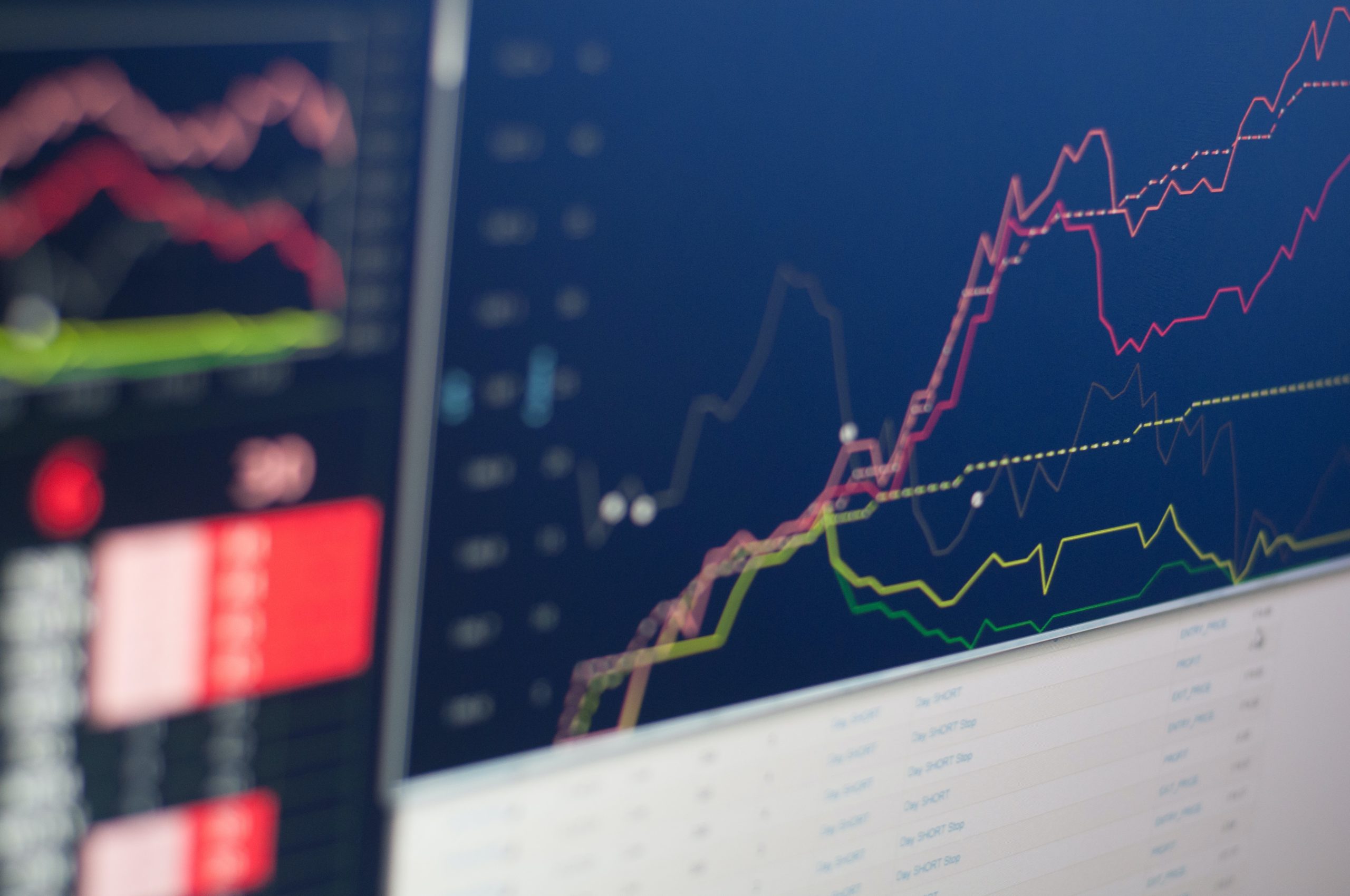How Jack Plotkin, Formerly of Goldman Sachs, Sees Retail Investing
As the stock market continued its unlikely positive march through the summer and the COVID-19 pandemic, many have attributed that trend, and the circumstances of the pandemic, to an increase in retail trading. As opposed to institutional traders, retail investors are known to be less cautious, more impulsive, and speculative in nature. Jack Plotkin, a former Goldman Sachs strategist who studied at the renowned California Institute of Technology, addresses the question of how much retail trading is contributing to the rise in the stock market.
“Retail investors purchase securities for their own personal accounts and usually trade in much smaller volumes compared to institutional investors like pension funds, mutual funds, or endowments,” explains Plotkin. “Goldman Sachs is an example of an institutional investor. By contrast, a Goldman Sachs employee trading in their personal account is an example of a retail investor. The thing about retail investors is most of them are not finance professionals. This means that through behavioral biases and herd mentality, they have a considerable influence in market sentiment and can cause creation of asset bubbles or even panic selling.”
The onset of retail investing
According to Plotkin, the onset of the coronavirus has triggered an increase in retail trading as people have flocked to what many perceive to be a once-in-a-generation buying opportunity resulting from the March meltdown. There has been a surge of new accounts on online trading platforms. The trading platform Robinhood alone has brought in 3 million new accounts since March. The industry has also seen consolidation, with Charles Schwab acquiring TD Ameritrade and Morgan Stanley buying E-Trade. Jack Plotkin notes that the strong influx of new investors is, at least in part, due to stay-at-home orders, enhanced unemployed benefits, and a lack of gambling or entertainment options as casinos and sports betting were shuttered for several months.
Despite the increase in numbers and their influence on stock market trends, observers are wary of retail investors because of their propensity for speculative behavior. At one point, some bankrupt companies and penny stocks saw their prices double in one session, while the shares of some of the companies that were strongly hit by the pandemic (such as airlines and cruisers) were also bid up strongly. Some of the risky behavior even spilled into options markets, where the potential for large losses are much greater. Indeed, increased trading in Tesla and Apple options has been noted by analysts as a reason for otherwise inexplicable rises in the prices of these shares towards the end of August – which in turn prompted the September sell-off in tech stock. Jack Plotkin adds that in the time of cheap money, the brokers have been happy to provide margin for options trading of their clients. The median age of a Robinhood user is 31, and it is usually expected of younger individuals to have larger tolerance for, and propensity for risk.
Some brokerage firms and online platforms have offered insight into trading habits of their newest clients. Although some of them are trying to take advantage of the market’s daily swings and volatility, others are embracing a “buy and hold” mentality, entering into ETFs for exposure to sectors such as technology and biotech. As for design, the new batch of investors seem to prioritize the quality and ease-of-use of the corresponding mobile apps. And as they mature as investors, the former Goldman Sachs strategist highlights that they are learning to appreciate the additional features such as financial data and analytical tools.
Jack Plotkin further adds that retail investors have not had the most positive of reputations. An investment strategist who spent nearly a decade at Goldman Sachs, Plotkin points out that traditional investors have not exactly welcomed the “Robinhood-ers” with open arms, often accusing them of creating an unsustainable level of prices and warning them of dire consequences of uninformed investing. Others have pointed out that the larger activity of the retail investors actually decreases market volatility. Furthermore, retail investing is spread evenly throughout the day, while institutional investors usually trade in the beginning or the end of the day. Consequently, the rise in retail investing has resulted in less volatile trading in the middle portion of the day.
Is the retail investing effect overstated?
The effect of the retail investors on the market could in fact be overstated, Plotkin points out. After all, they have been responsible for 19.5% of the total U.S. shares traded in the first half of 2020 – an increase from 14.9% in 2019, but not significant enough to explain the market movements in this year. Studies have shown that retail investors have generally not been able to influence most stocks; the exceptions have been some small cap stocks that have not been very liquid before. Overall, Plotkin adds that it is safe to state that the fears expressed by institutional investors that the American market could become retail-dominated in the mold of South Korea (over 80% of activity on their equity market is retail-based) so far look exaggerated.
Ultimately, Plotkin elaborates that the arrival of new technology, no trading fees, and a new generation of investors are all signs of a kind of democratization of the investing industry that has so far been monopolized by the big players. However, while the arrival of new technology can make things more convenient to some extent, it cannot address some age-old problems investors, regardless of expertise, have had for centuries – eagerness to invest and fear will continue to cloud their judgements and limit their gains. The former Goldman Sachs strategist concludes with pointing out that retail investors ought to remain careful and thoughtful about their risk exposure.

